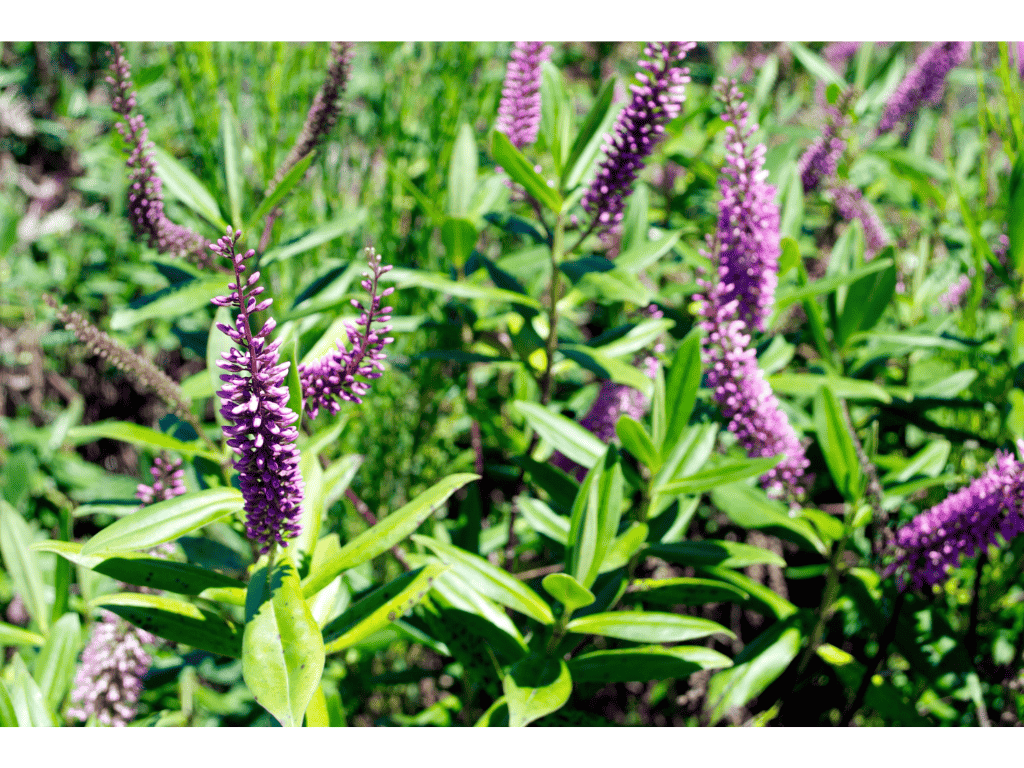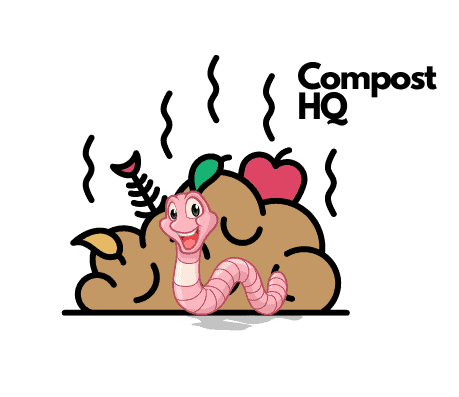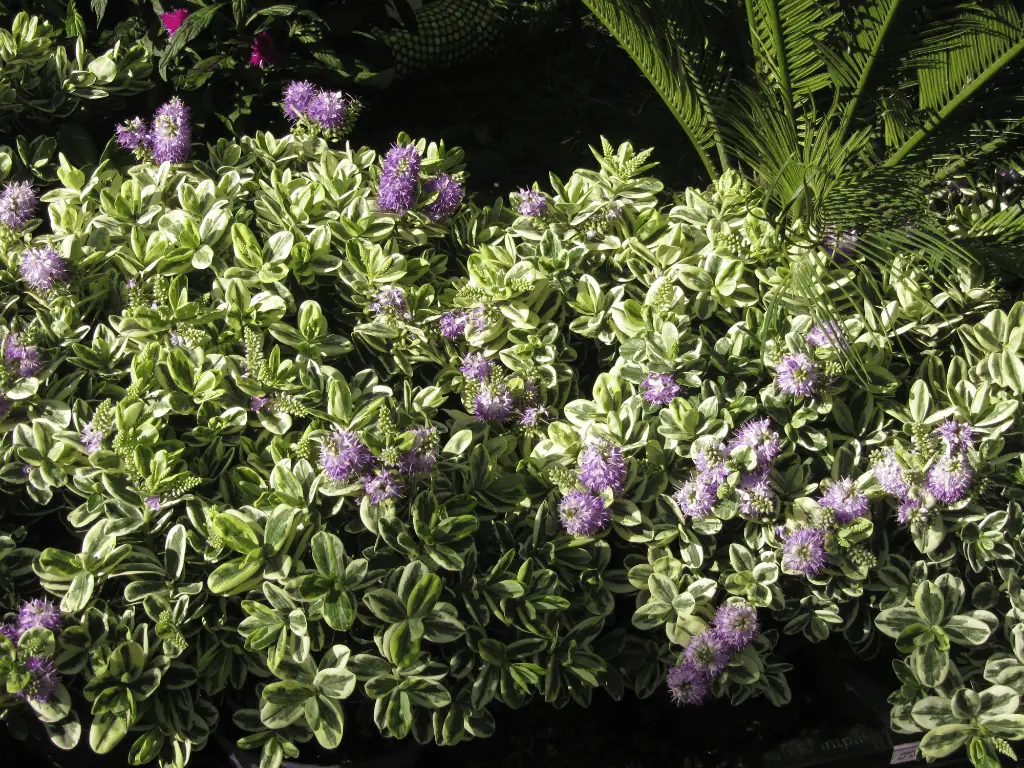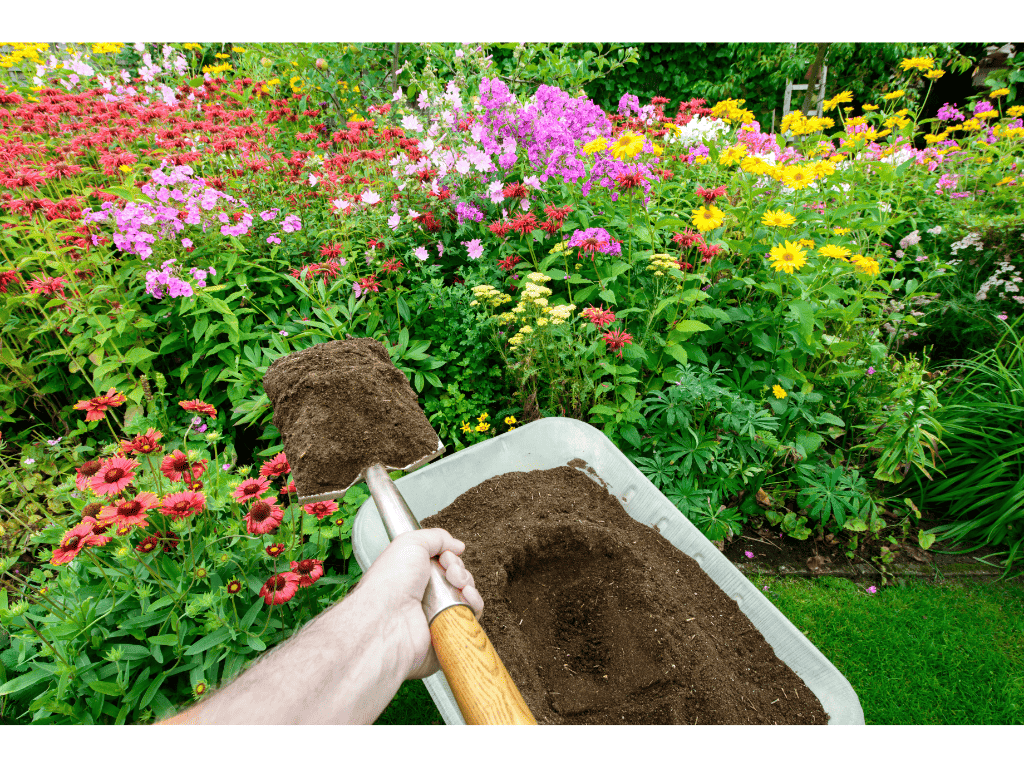Choosing the right compost for hebes in pots can be a bit tricky. In this article, we will explore the different types of compost that are suitable for hebes in pots and provide tips on how to care for them.
Understanding Hebes Before we dive into the different types of compost, it’s important to understand hebes. Hebes are evergreen shrubs that are native to New Zealand.
They come in a variety of colors and sizes, ranging from small, compact varieties to tall, bushy shrubs. Hebes are relatively easy to care for and can thrive in a variety of conditions, including full sun or partial shade.
Key Takeaways
- Hebes are evergreen shrubs that can add color and interest to any garden.
- Choosing the right compost for hebes in pots is essential for their growth and health.
- Suitable composts for hebes in pots include peat-free multi-purpose compost, loam-based compost with horticultural grit, and a mixture of multipurpose compost and horticultural grit.

Understanding Hebes
Hebes are evergreen shrubs that are native to New Zealand and South America. They are known for their beautiful flowers that bloom in late spring and summer. Hebes are easy to grow and come in a wide variety of colors including pink, white, purple, blue, and red edge.
Hebes are compact and have a dense, dark green foliage that makes them ideal for borders and ground cover. They are also low-maintenance plants that require little attention once established. Hebes are best grown in full sun and prefer well-draining soil.
Hebes can be propagated by cuttings taken in late spring or early summer. The non-flowering stem should be cut just below a healthy shoot and the leaves should be removed from the bottom half of the cutting.
The cutting should be dipped in rooting hormone and planted in a pot filled with a mixture of compost and horticultural grit. The pot should be covered with horticultural fleece or placed in a greenhouse for protection.
Hebes have a shallow root system and can be prone to frost damage in mild winters. To protect them, the RHS recommends covering them with horticultural fleece or moving them to a more sheltered location.
To keep hebes healthy, spent blooms should be removed and the plants should be pruned to rejuvenate them. Hebes can also be propagated by seeds, but this method is less reliable than cuttings.
Some of the best hebes to grow include smaller varieties like Hebe ‘Emerald Gem’ and Hebe ‘Red Edge’ that are ideal for pots and containers. Hebes with variegated foliage like Hebe ‘Variegata’ and Hebe ‘Bronze Glow’ are also popular choices.
In coastal situations, hebes can become leggy and spread out. To prevent this, they should be pruned regularly and planted in a sheltered location. Hebes also pair well with other plants like penstemons and can be used to add color and texture to any garden.

Choosing the Right Compost
When it comes to growing hebes in pots, choosing the right compost is crucial for their growth and health. The ideal compost for hebes should be well-draining and moisture-retentive, allowing the roots to breathe and preventing waterlogging.
A good quality multi-purpose compost is a great option for growing hebes in pots. It contains a blend of organic matter, such as peat or coir, and added nutrients to promote healthy growth.
However, it is important to ensure that the compost is free-draining and does not retain too much moisture.
Adding horticultural grit to the compost can improve drainage and prevent waterlogging, which is especially important if the pot does not have drainage holes.
A ratio of 70% multi-purpose compost to 30% horticultural grit is recommended for growing hebes in pots.
Another option is to use a loam-based mix with plenty of horticultural grit added to improve drainage. This type of soil is rich in organic matter and nutrients, making it ideal for hebes.
However, it is important to note that loam-based soil can be heavy and may not be suitable for all types of pots.
In terms of fertilizers, it is recommended to use a slow-release fertilizer once a year in the spring. This will provide the hebe with the necessary nutrients for healthy growth throughout the growing season.
Overall, the key to choosing the right compost for hebes in pots is to ensure that it is well-draining, moisture-retentive, and nutrient-rich. By providing the hebe with the right growing conditions, it will thrive and produce beautiful blooms for years to come.
Potting and Repotting Hebes
When growing hebes in pots, it is important to choose the right potting mix and container size. The ideal container should have drainage holes and be at least 30cm in diameter, depending on the size of the plant.
To ensure good drainage and prevent waterlogging, use a well-draining potting mix with a mixture of 70% multipurpose compost and 30% horticultural grit by volume. This will help to maintain the moisture level of the soil and prevent root rot.
When potting or repotting hebes, backfill the container with the potting mix and water well to settle the soil.
Gently remove the hebe from its old container, loosen the root ball, and place it in the new container. Fill in any gaps with more potting mix and water well again.
It is recommended to repot hebes every 2-3 years to refresh the soil and provide more space for root growth.
When repotting, choose a container that is one size larger than the previous one to allow for more growth.
Regular repotting and good soil drainage are essential for maintaining healthy hebes in containers.
Caring for Hebes in Pots
Hebes are low-maintenance plants that are perfect for growing in pots. However, they still require some care to thrive. Here are some tips for caring for hebes in pots:
Watering
Hebes prefer moist soil, but they do not like to sit in water. Make sure the pot has good drainage to prevent waterlogging. Water the hebe deeply once or twice a week, depending on the weather and the size of the pot. In hot weather, hebes may need more frequent watering.
Location
Hebes prefer a sunny spot or partial shade. They can be grown in a sheltered spot, but they do not like strong winds. Hebes are hardy and can tolerate frost, but they do not like to be in waterlogged soil.
Pests
Hebes are generally pest-free, but they can be affected by aphids, spider mites, and whiteflies. Check the plant regularly for any signs of infestation, such as yellowing leaves or sticky residue. If you notice any pests, treat the plant with an insecticidal soap or neem oil.
Pruning
Hebes benefit from regular pruning to keep them looking tidy and to promote bushy growth. Deadhead the flowers as they fade to encourage more blooms. Prune the plant lightly in mid-spring to remove any leggy growth and to promote new shoots.
Propagating
Hebes can be propagated from cuttings taken in early summer. Take a cutting about 10cm long and remove the lower leaves. Dip the cut end in rooting hormone and plant it in a pot filled with a mixture of compost and perlite. Keep the soil moist and place the pot in a sunny spot. The cutting should root within a few weeks.
Edging
Hebes make great edging plants for borders and paths. Plant them close together to create a dense, low-growing hedge.
Bees
Hebes are attractive to bees, particularly bumblebees. Planting hebes in your garden can help to attract these important pollinators.
Overall, hebes are easy to care for and make a great addition to any garden. With a little bit of attention, your hebes will thrive in their pot and provide you with beautiful blooms for years to come.
Propagating Hebes
Hebes are evergreen shrubs that can be propagated from cuttings. Propagation is an easy and cost-effective way to grow new plants. It is best to take cuttings in the growing season, which is from late spring to early fall.
To propagate hebes, choose healthy and vigorous shoots from the parent plant. Cut a section of the shoot that is about 8-10cm in length. Remove the lower leaves, leaving three sets of leaves at the top. Dip the cut end in rooting hormone to encourage root growth.
Next, prepare a pot with a well-draining soil mix. A loam-based mix with plenty of horticultural grit added is recommended. Water the soil well before planting the cutting.
Make a hole in the soil with a pencil or a dibber and gently insert the cutting. Firm the soil around the cutting to ensure good contact.
Keep the pot in a sheltered spot with bright, indirect light. Water the cutting regularly to keep the soil moist but not waterlogged.
It is important to keep the cutting humid to prevent it from drying out. Cover the pot with a plastic bag or a clear plastic container to create a mini greenhouse.
After a few weeks, the cutting should start to root. You can check by gently tugging on the cutting. If there is resistance, it means that roots have formed. Once the cutting has established roots, remove the plastic cover and move the pot to a brighter location.
Deadhead the cutting regularly to encourage bushy growth. Pinch off the tips of the new growth to promote branching. When the cutting has grown into a healthy-looking, vigorous new plant, it can be transplanted into a larger pot or planted in the garden.
In summary, propagating hebes from cuttings is an easy and cost-effective way to grow new plants.
It is best to take cuttings in the growing season, prepare a pot with a well-draining soil mix, keep the cutting humid, and deadhead regularly to encourage bushy growth. With a little care and patience, you can grow a beautiful hebe plant from a cutting.
Frequently Asked Questions
What type of soil is best for hebes in pots?
Hebes do best in well-draining soil that is rich in organic matter. A good soil mix for hebes in pots should contain components like peat moss, coconut coir, or vermiculite to improve water retention, while also adding perlite or grit to enhance drainage.
What compost is recommended for hebes in pots?
A compost that is high in organic matter and nutrients is recommended for hebes in pots. Composts that contain a mixture of peat moss, vermiculite, and perlite are ideal. It is also important to choose a compost that is free from weed seeds and pathogens.
How often should I water hebes in pots?
Hebes in pots should be watered regularly, but not excessively. The frequency of watering will depend on the size of the pot, the type of soil mix, and the weather conditions. As a general rule, it is best to water hebes when the top inch of soil feels dry to the touch.
What are some common problems with hebes in pots?
Common problems with hebes in pots include root rot, leaf spot, and powdery mildew. These issues can be prevented by ensuring that the soil is well-draining, the plants are not overcrowded, and the foliage is kept dry.
What are some companion plants that do well with hebes in pots?
Hebes in pots can be paired with a variety of companion plants, including lavender, rosemary, and sage. These plants are all drought-tolerant and have similar growing requirements to hebes.
How do I care for hebes in pots during the winter?
Hebes in pots should be protected from frost during the winter months. This can be done by moving the pots to a sheltered location or covering them with frost cloth. It is also important to reduce watering during the winter to prevent root rot.





